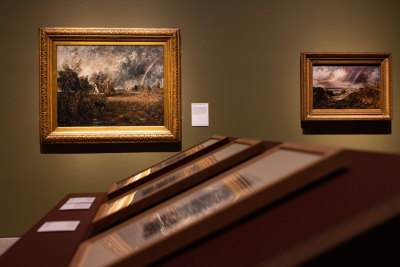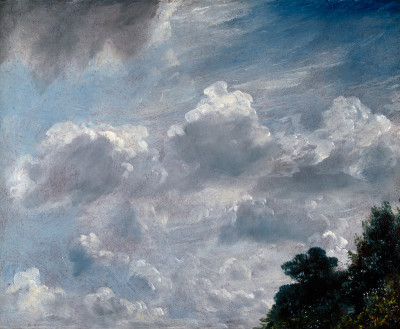Artist of the month: July 2015
Artist of the month: July 2015
Walter Crane
By The RA Collections Team
Published 1 July 2015
On the 100th anniversary of his death, we explore the work of one of the most important artists in the resurgence of the decorative arts in Britain.
-
Walter Crane died 100 years ago this year. He was one of the most important artists in the resurgence of interest in the decorative arts in Britain during the late nineteenth-century. As a major supporter of the Arts and Crafts Movement, a children’s book illustrator and designer of decorative objects, Crane championed the importance of the craftsman and challenged the hierarchical distinctions between the fine and decorative arts.
As a young child, Crane showed a talent for drawing and at the age of thirteen he was apprenticed to the wood engraver W.J. Linton, from whom he learnt the art of wood engraving illustration. In 1862, Crane left Linton’s apprenticeship and began working as a freelance illustrator. He was soon commissioned by the wood engraver and colour printer Edmund Evans to create colour designs for sixpenny and shilling picture books published by Routledge. The work Crane produced for these children’s books between 1865 and 1875 established his reputation. The expanding book market and experimentation in printing techniques led to a surge of new ways to reproduce illustration. From the 1850s, printed colour became more common through wood block colour printing, together with lithography, and eventually photography at the end of the century. This period saw the revival of the fairytale, to meet the growing demand for children’s books, This is evident in Evans’ choice of subjects for books to print, which particularly drew on seventeenth-century French stories written by Charles Perrault, such as Cinderella, The Sleeping Beauty and Little Red Riding Hood (pictured).
-

Walter Crane RA, "Who is there?", 'Little Red Riding Hood', from Walter Crane, 'The Blue Beard Picture Book', London, 1879.
Wood engraving. © Royal Academy of Arts, London.
-
Walter Crane was working during the zenith of the Aesthetic Movement, which advocated the discovery of beauty in everyday objects. The use of high-quality materials, exquisite craftsmanship and the cultivation of a refined taste was influenced by a broad variety of historical and far-reaching influences, including medieval, Greek, Japanese, Middle Eastern and Renaissance art.
The story of Aladdin (pictured) from the Arabian Nights collection of tales was already well-known at the time. These illustrations show the influence of Japanese woodblock prints on Crane and the choice of colours suggest that Evans was experimenting with Maurice Chevreul’s colour theories. Chevreul posited that colours placed together alter each other when looked at together. Therefore the orange of Aladdin’s robes is enhanced by being surrounded as much as possible by blue, its contrasting colour. The illustrations for this book show the sophistication in the use of colour wood-block printing. The range of shades in the picture are not created only by overlaying different colours, but also by laying the colours on with different textures.
Queen Summer or The Tourney of the Lily and the Rose was published in 1891 and in its story and illustration takes a medieval theme (pictured). Queen Summer holds her court in a flower garden, where Rose and Lily compete over who is the most beautiful. The bold and fluid outline reflects the contemporary prominence of Art Nouveau design during this period and the text on a lettered scroll emphasises the medieval character of the book.
-

Walter Crane RA, 'When Summer on the earth was queen…' From: Walter Crane, 'Queen Summer', or 'The Tourney of the Lily & the Rose', London, Cassell & Co., 1891.

Walter Crane RA, 'Aladdin and the Wonderful Lamp', 'Aladdin secures the lamp.' From: Walter Crane, 'Aladdin's Picture Book', London, 1884.
-
Up until this period, in the artistic circles of Victorian England, children’s books had not been considered as important as painting, and many illustrators worked under pseudonyms in order to exhibit their paintings at the Royal Academy. However, Crane viewed illustration as a liberating outlet for a designer. Crane believed that, “Every child, one might say every human being, takes in more through his eyes than his ears, and I think much more advantage might be taken of this fact.” For Crane, the illustrations that a child would see while being read a story by their parent had the potential to affect the child more powerfully than the spoken moral message of the story.
See the object of the month for July, a self-portrait by Michael Craig-Martin RA.






